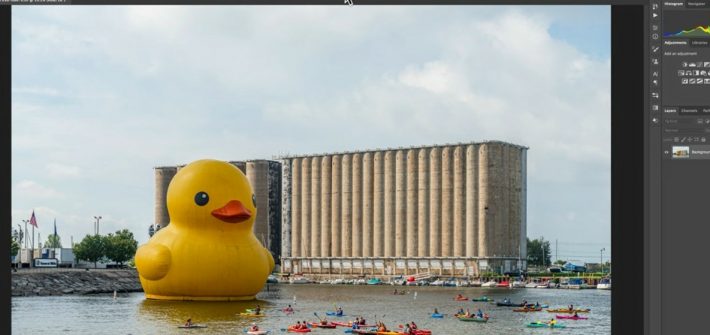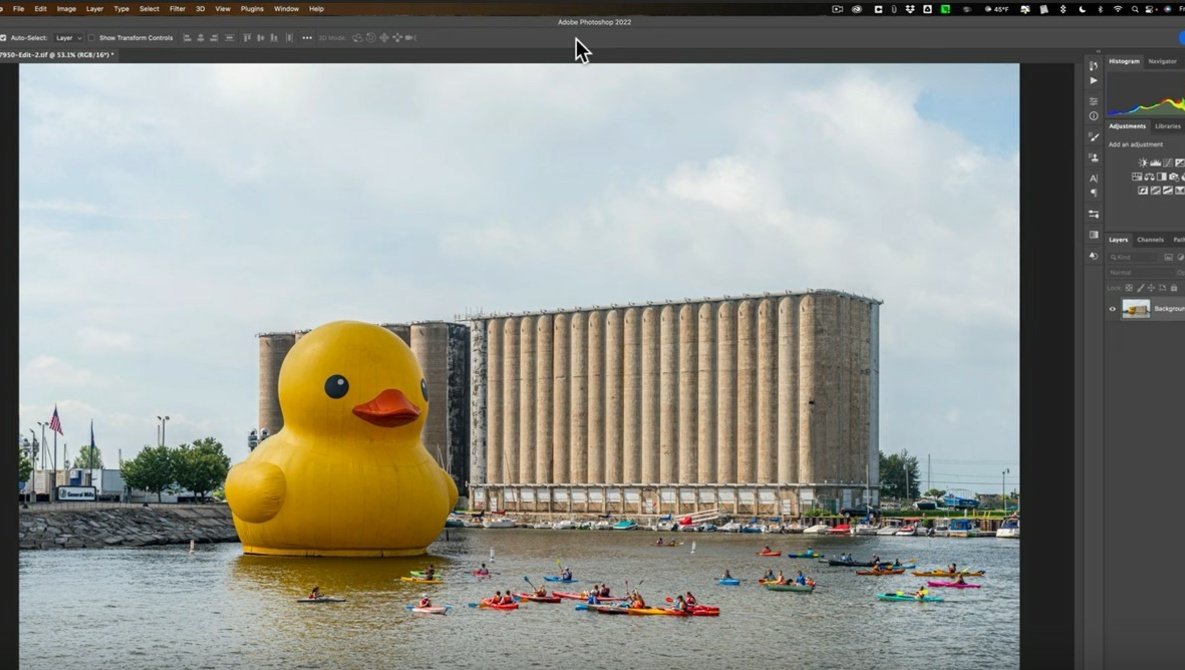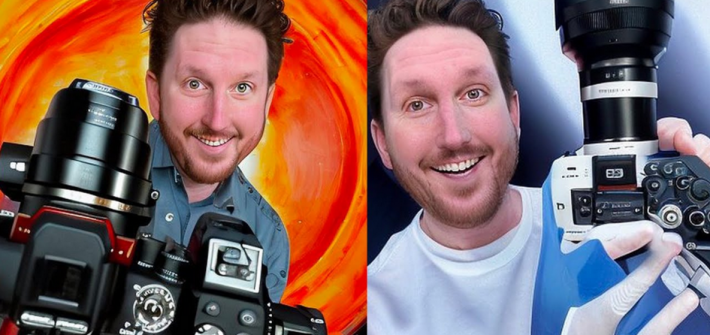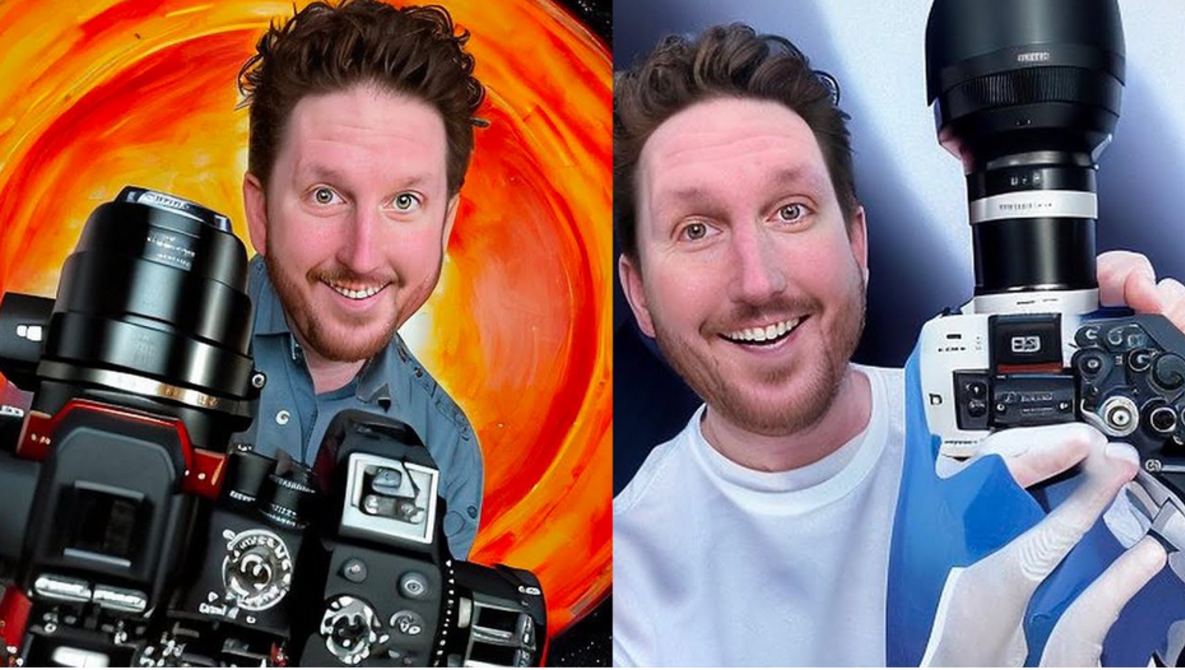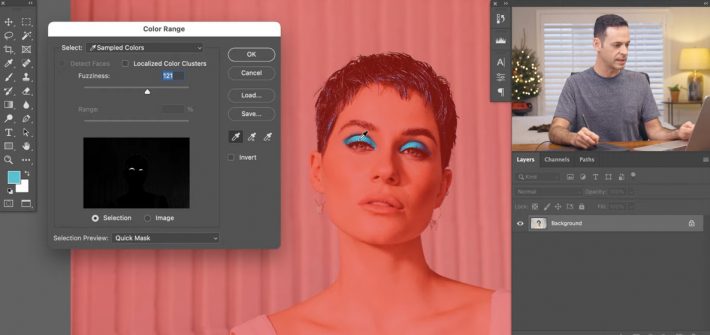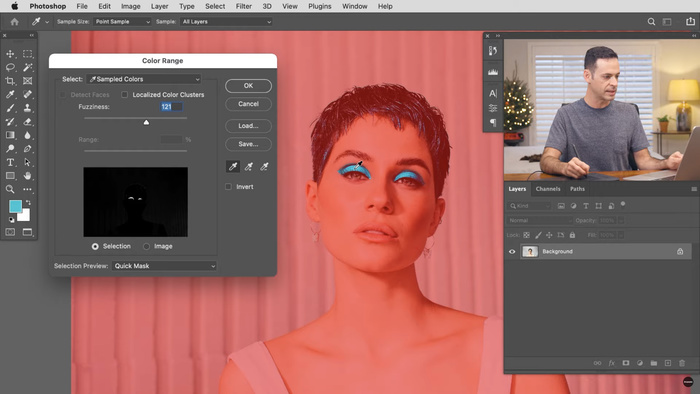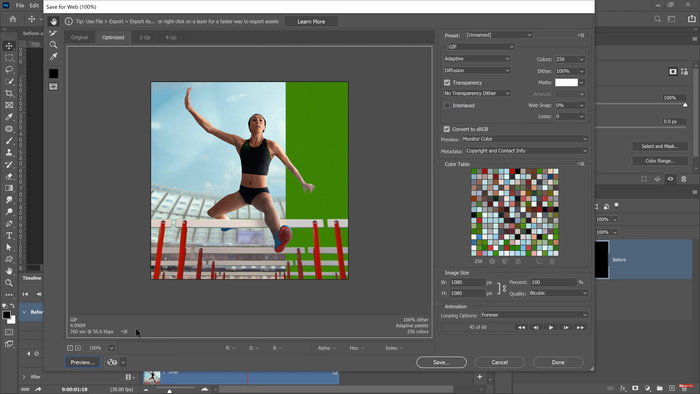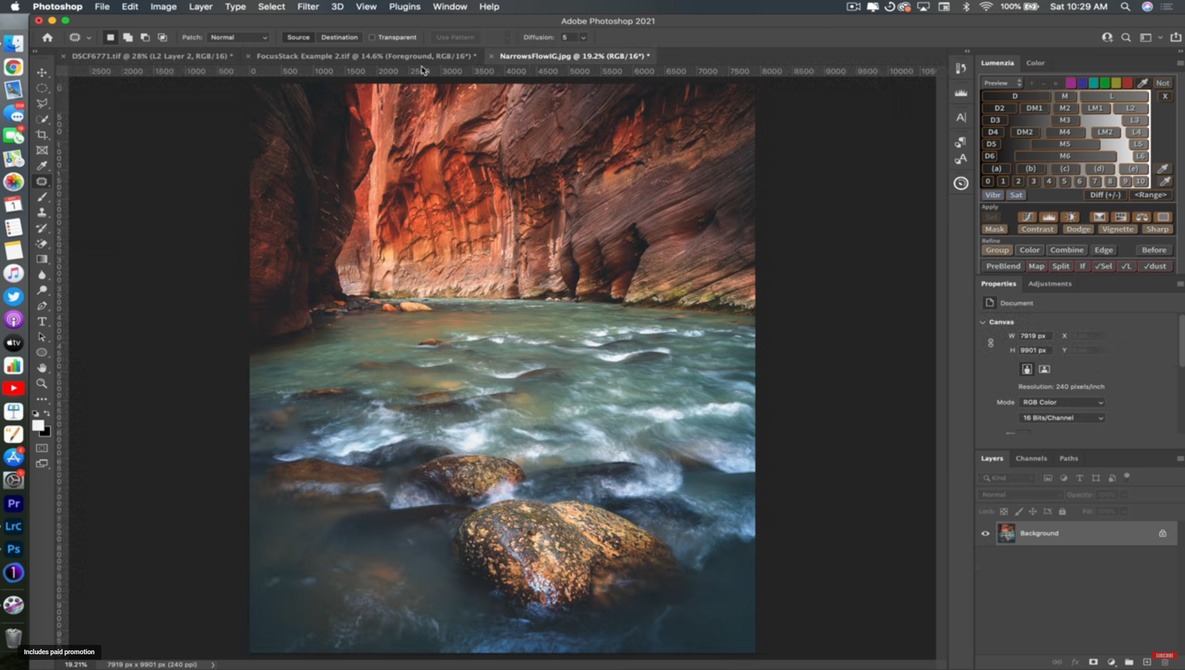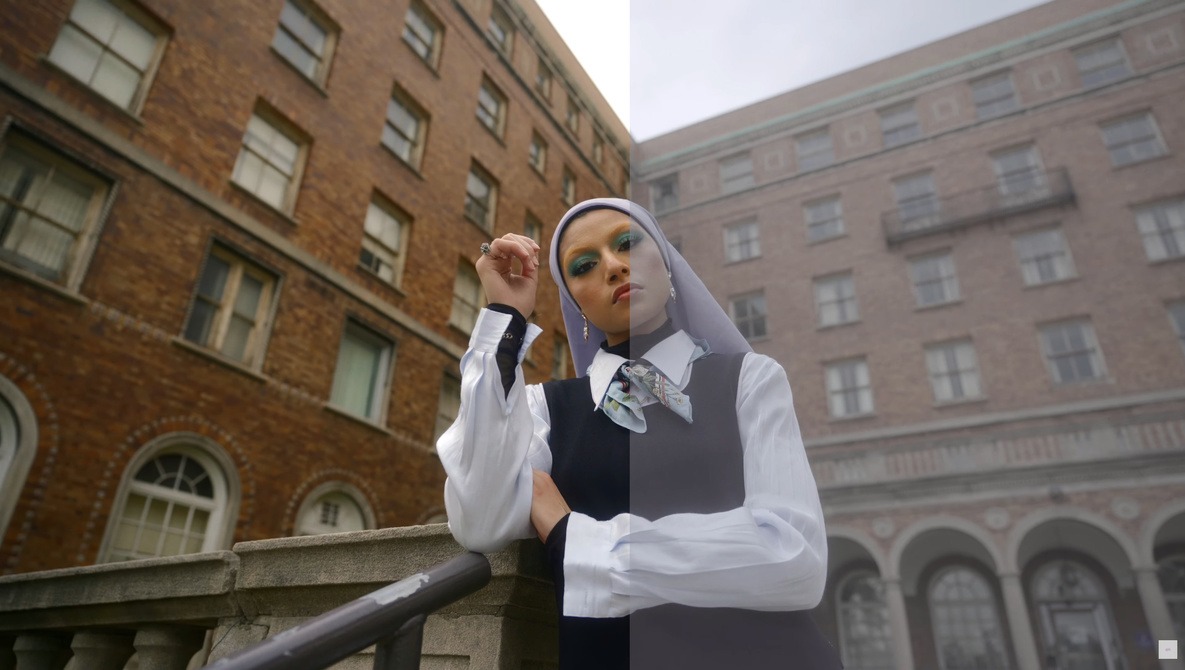There’s little worse in photography than getting home, loading your shots onto your computer, and seeing that they don’t have the impact you were hoping for. In this video, Aaron Nace of PHLEARN walks you through a workflow that might help with that.
Post Production
5 Reasons You Should Switch From Lightroom To Capture One in 2023

In a lot of my articles, I go on about how incredible Capture One is and how every photographer (with a few exceptions) should switch from Lightroom to Capture One. In this article, we will finally take a deep dive and see for ourselves why it’s worth considering the switch in 2023.
How To Create Before and After Animated GIFs for Your Images in Photoshop
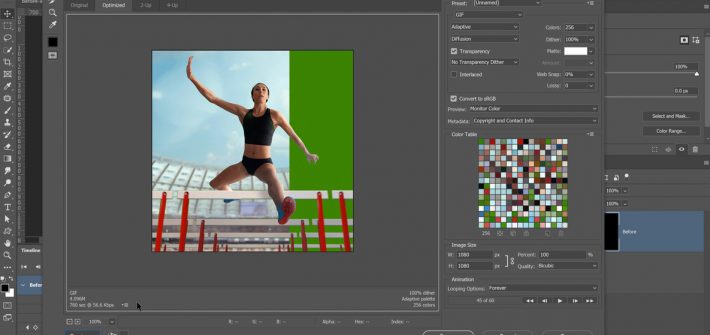
Where once editing was a sly activity most people wanted to hide, creating the illusion that the images came straight from the camera, now it’s a generally accepted part of the process (even if it always has been part of the process!) A great way to engage with your followers and show just what can be done with a photo is to show before and after images, so you may as well do it properly.
![]()







